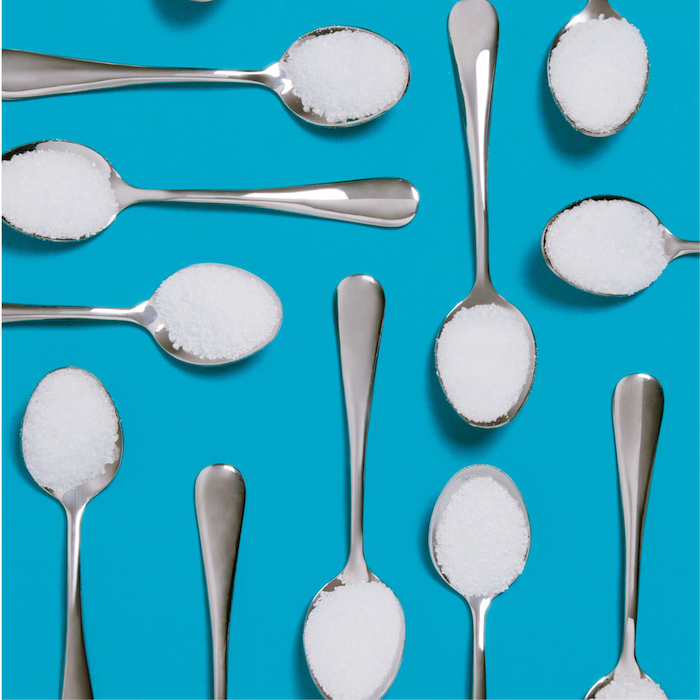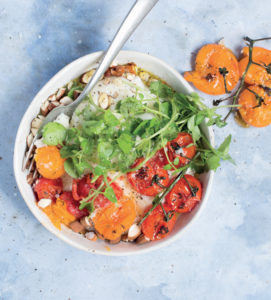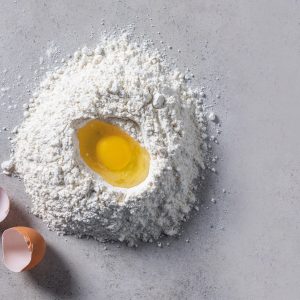By now we know the addictive nature of free sugar and many of us are still falling prey to it. The kick we get from having a sugary bite releases our happy hormones, opioids and dopamine, that have both been linked to the same addictive nature of drugs like cocaine. So, in knowing the grip that sugar has on us and the long-term health implications of obesity, diabetes and heart conditions, what can we do to reduce our risk?
By Jana du Plessis
SIN TAX
We’ve heard rumours of a sugar-tax being introduced and that could lead to an overall minimisation of free sugars (sugar added to food and drinks, as well as sugar found naturally in honey, syrups, fruit juices and fruit juice concentrates), but a greater awareness of food items and their ingredients will ultimately be the most effective way of curbing an over-consumption of sugar.
A VIEW FROM ABOVE
According to a statement released by the World Health Organisation: ‘Adults and children need to reduce their daily intake of free sugars to less than 10% of their total energy intake. A further reduction to below 5% or roughly 25 grams (6 teaspoons) per day would provide additional health benefits.’ To get a rough idea of how that affects daily food and drink choices, here’s the UK’s Scientific Advisory Committee on Nutrition (SACN) general suggestion of sugar intake according to age:
– Children aged 4 to 6 years should have no more than 19g or five teaspoons of free sugars per day.
– Children aged 7 to 10 years should have no more than 24g or six teaspoons of free sugars per day.
– Children aged 11 years and upwards and adults should have no more than 30g or seven teaspoons of free sugar per day.
To put the above-mentioned into perspective, look at the amounts of sugar that some of the most popular beverages contain:
– 250 ml iced tea equals 19g or four teaspoons of free sugar.
– 250 ml flavoured drinking yoghurt equals 26.8g or five-and-a-half teaspoons of free sugar.
– 330 ml cola equals 35g or seven teaspoons of free sugar.
– 330 ml ginger beer equals 37g or six-and-a-half teaspoons of free sugar.”
BE PROACTIVE
In seeing this, it becomes clear that many food items we purchase – those seemingly healthy and those that aren’t – are laden with more sugar than we would like to admit. Cereals, beverages, fast foods and treats are what we choose to feed our families with, but we should reconsider when reading about the havoc that those hidden sugars can wreak on our health. Our best bet to limit an overwhelming amount of sugar in our diets is to:
1. Take care to learn where your food comes from and how it is produced. Stick to the rule of thumb of buying things as unprocessed as possible and use fruit to sweeten things instead.
2. Always read labels. Examples of sugars named differently is agave nectar, corn sweetener, dextrose, honey, corn syrup, sucrose, fructose, glucose and molasses.
3. Sugary drinks are one of the biggest culprits when it comes to consuming unknown sugars. Rather flavour water with lemon or fruit or use a SodaStream for fun drink options. Their syrups comprise of only one third of the sugar in regular soft drinks.
4. Slowly reduce sweet tooths by feeding your family a wholefood diet with limited sugar. If exposure to sugar goes down, so too will their tolerance for sweetness.
5. Bake your own desserts and sweet things. Swap the usual sugar with dried fruit, grated apple or a glass of white wine for deliciously moist cake.
TOP TIPS
Despite the scary truths about sugar, eating remains a thing of balance. If we eat a diet rich in fruit and vegetables, lean proteins and wholegrain starches, and are also in the habit of regular exercising, enjoying a sweet treat every now and then won’t do any harm – in fact, you deserve it for looking after your health!




